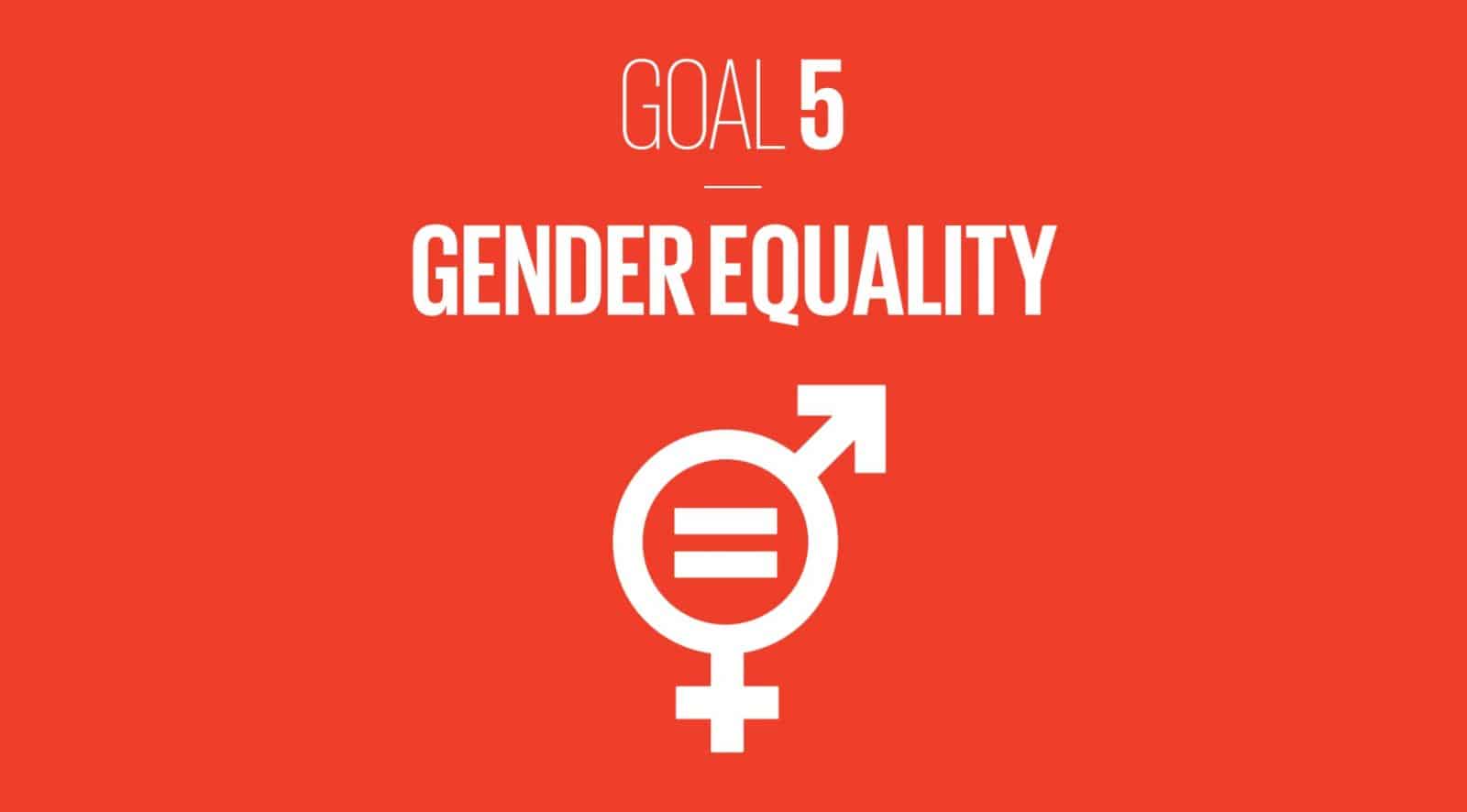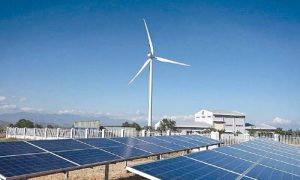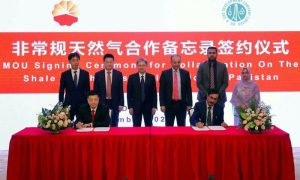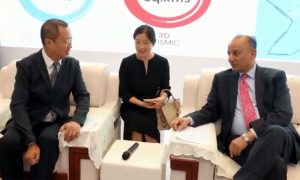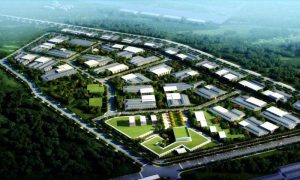Engineering Post Report
The 2030 agenda for sustainable development goals emphasises on the gender equality through women empowerment. The Sustainable Development Goals (SDGs) 5 calls for an end to all forms of discrimination, eliminate violence against women and girls in all its manifestations, ensure health and reproductive rights and bolster political, social and economic participation of women.
Pakistan on its part is committed to Committee on the Elimination of Discrimination against Women, the Beijing Platform for Action, International Labour Organization (ILO) and Child Rights Conventions, all directed to ensurewomen’s rightful place in the society. In the past few years, there has been considerable progress , attributable to more deliberate investments in improving the lives and well-being of girls and women.
Gender inequality remains a major barrier to human development. girls and women have made major strides since 1990, but they have not yet gained gender equity. The disadvantages facing women and girls are a major source of inequality. All too often, women and girls are discriminated in health, political representation, labour market, etc–with negative consequences for development of their capabilities and their freedom of choice.
One of the main reasons of lower female labour force participation and lower employment in the public sector is the overall environment which is somehow not conducive for females to work. It includes inadequate rooms, washroom, parking etc,
Women constitute 48.4 percent of Pakistan’s total population. The ratio may go up or down when the final results of Digital Population and Household Census are officially released in a couple of months.
The government as such recognizes the relevance of gender equality to the national mandate of achieving the growth and prosperity and the responsibility to ensure that the national policies and programmes serve women and men equitably. Through multiple consultations and following the dismal national standing on international gender development indices, the government has since highlighted gender equality as a high priority goal, the official quarters concerned said on being contacted.
Compared to 2020, Pakistan’ s rankings have lately dropped in terms of economic participation and opportunities. This sub-category is further explored in terms of labour force participation, wage equality, estimated income, and percentages of professional and technical workers and of legislators and senior officials.


